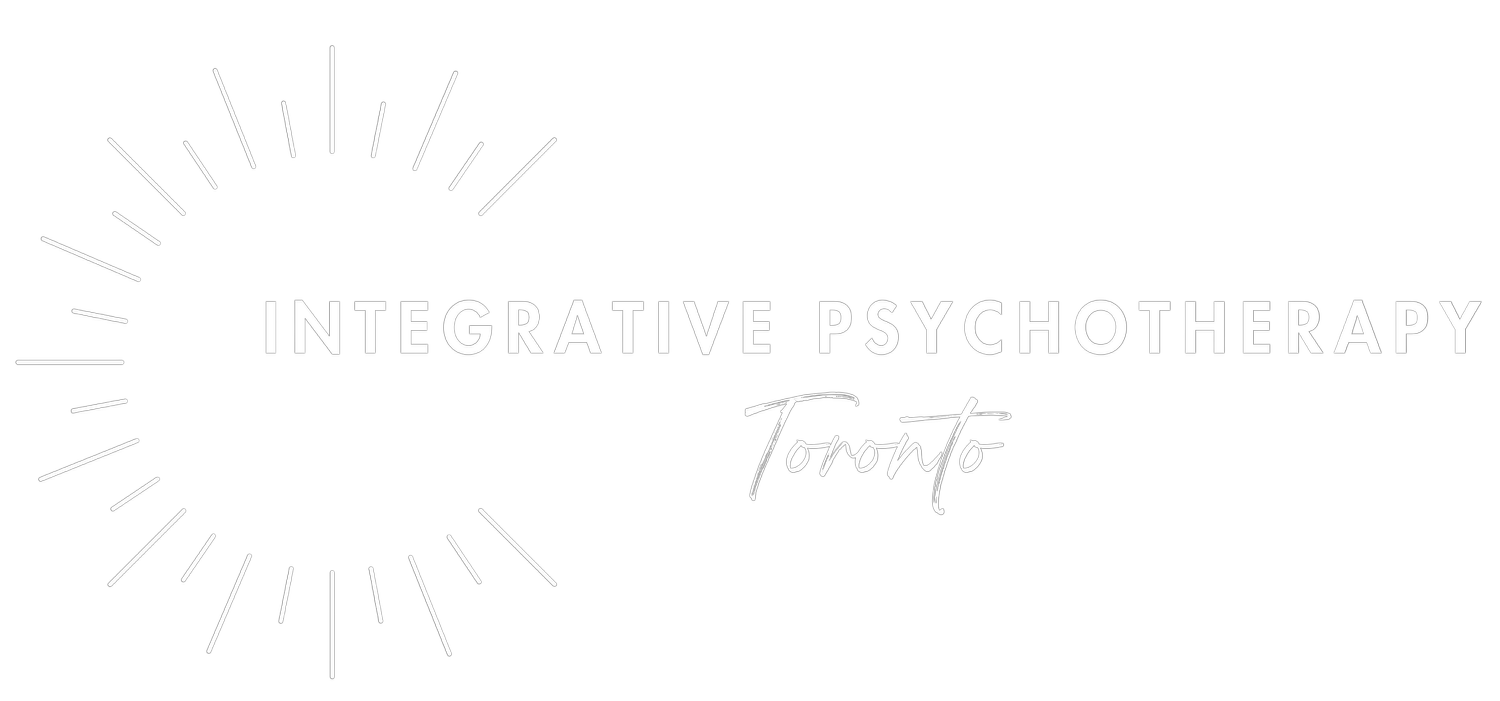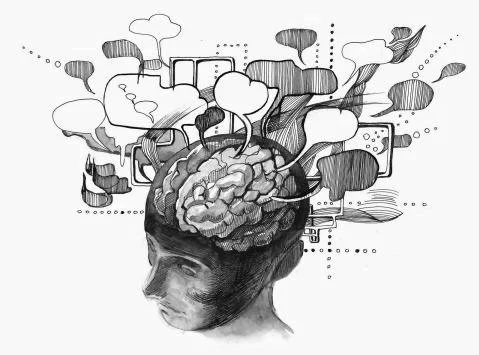A Roadmap For Your First Breathwork Journey
Imagine a space where your breath becomes the key to unlocking hidden emotions, memories, and a deeper understanding of yourself. For many, this is what a breathwork journey offers—a guided, intentional process that taps into the body’s natural ability to heal. During this experience, the breath does more than sustain life; it becomes a tool for releasing old traumas, reducing stress, and cultivating clarity. Whether you’re seeking relief from anxiety, depression, or simply want to explore a new path toward well-being, your first breathwork session can be a powerful step toward transformation. Here’s what you can expect as you begin your breathwork journey.
What Is a Breathwork Journey?
A breathwork journey is a guided, immersive experience using controlled breathing patterns along with music to create a safe space for emotional, mental, and physical release. Think of it as an exploration of your innerworld, where your breath leads you through layers of stored mental, emotional and physical experiences so that you can connect to and process what lies beneath the surface.
What is Involved In a Breathwork Journey?
Breathwork journeys use Connected Breathing, which is a breathing pattern that cycles between controlled hyperventilation followed by breath holds. These different breathing patterns have different affects on the mind, body and emotions.
Controlled Hyperventilation
Physiological Effects: Rapid breathing (controlled hyperventilation) causes a temporary decrease in carbon dioxide (CO₂) levels in the blood, known as respiratory alkalosis. This shift changes the pH level, making the blood slightly more alkaline. The decrease in CO₂ can cause blood vessels to constrict slightly, temporarily reducing blood flow to some areas of the brain. This shift may lower the stimulus to breathe and lead to feelings of lightness or tingling sensations in the body.
Mental Effects: During hyperventilation, brainwave patterns often shift from beta waves (associated with normal waking consciousness) to slower alpha and theta waves, which are commonly seen in states of relaxation and meditative awareness. This shift can encourage a state of mental openness, allowing deeper insights and emotions to surface.
Emotional and Psychological Benefits: The combination of lowered CO₂ levels and altered brainwave states often leads to a heightened sense of alertness or even euphoria. Many individuals feel a shift in both their physical and mental state, which can aid in connecting to and releasing tension and stress stored in the body. Many practitioners feel a “clearing” effect or emotional release, often experiencing emotions they didn’t know were present.
Breath Holds
Physiological Effects: During breath holds, CO₂ levels gradually rise in the blood, which counteracts the respiratory alkalosis of the controlled hyperventilation, allowing the body to stabilize its pH. This rise in CO₂ stimulates the parasympathetic nervous system, encouraging a “rest and digest” response. Extended breath holds can also activate the mammalian dive reflex, a natural response that conserves oxygen by slowing the heart rate and redirecting blood flow to vital organs.
Mental Effects: During breath retention, brainwave patterns can shift further into slower, more introspective states, often moving from alpha to theta or even delta waves, which are associated with deep rest and sleep. This promotes relaxation, mental clarity, and introspection, enabling the mind to process emotions and insights brought up during hyperventilation. Breath retention can enhance a sense of calm, focus, and introspection. This state may lead to greater mental clarity, as the lack of stimulation helps the mind quiet down.
Emotional and Psychological Benefits: The stillness of breath holds allows for a deepened state of self-reflection and inner awareness. Some report increased feelings of safety, groundedness and inner clarity. Breath holds may also help integrate the effects of hyperventilation, balancing the nervous system and helping to create a sense of wholeness.
Overall Experience and Benefits
Enhanced Resilience to Stress: Controlled exposure to stressors like hyperventilation helps the body adapt to stress more effectively.
Improved Emotional Regulation: Breathwork can act as a powerful tool to manage emotions, allowing individuals to confront and release suppressed emotions.
Increased Mind-Body Awareness: Each session brings more awareness of physiological and psychological states, encouraging mindfulness and self-connection.
Structure of a Breathwork Journey
In your first breathwork journey, expect a clear structure. Here’s a breakdown:
1. Opening: Setting Intentions and Preparing
Your journey will start with an introduction led by a trained practitioner. They’ll explain the techniques, rhythms, and how each phase of the journey supports emotional and physical well-being. Next, you’ll set an intention, whether it’s releasing specific emotions, reducing anxiety, or simply exploring the practice.
2. The Journey: Connected Breathing
The heart of the session involves connected breathing—a rhythmic pattern designed to induce an altered state of consciousness. As you connect with your breath, sensations, emotions, and memories may arise. You’re encouraged to breathe through whatever surfaces, trusting the process.
The experience typically involves:
Up-Regulated Breathing: This intense, rhythmic breathing can elevate heart rate and oxygen levels, bringing a heightened state of awareness. It’s common to feel sensations throughout the body as emotions begin to surface.
Breath Holds: Holding your breath briefly after these fast-paced cycles helps your body adjust, grounding and centering you. Breath holds promote mental clarity and provide a moment for introspection.
Down-Regulated Breathing: The final stage involves slower, more relaxed breathing patterns. This is when your body returns to a state of calm, allowing you to integrate the experiences and emotions uncovered during the session.
3. Closing: Reflection and Integration
After the breathwork journey, you’ll move into reflection. Some practitioners might encourage journaling or open discussion. This time is vital for emotional integration, providing space to process and ground yourself before leaving the session.
Breathwork is a bottom-up healing practice that combines controlled breathing with somatic awareness to access and release deep-seated emotions and past traumas. This safe and guided process fosters personal growth, mental clarity, and overall well-being by reconnecting the mind and body in a holistic way.
How Breathwork Affects You: Mental, Emotional, and Physical Experiences
Mental and Emotional Benefits
Breathwork can tap into the mind in ways that traditional counseling or psychotherapy alone may not. As you engage in up-regulated breathing, emotions stored within the body may rise to the surface. Some people experience clarity and insight, accessing memories or feelings they hadn’t consciously acknowledged.
Physical Responses
Physically, breathwork is like a workout for the nervous system. During up-regulated breathing, your heart rate increases, and adrenaline may surge, bringing on a feeling of intensity. It’s normal to feel tingling, muscle tension, or warmth as your body releases stored emotions. Breath holds and down-regulated breathing help to calm and reset your body, engaging the parasympathetic system to restore a feeling of safety and relaxation.
Common Reactions
It’s common to feel a range of emotions during and after the journey. Some experience cathartic release, shedding tears or feeling immense relief. Others may feel a heightened sense of joy, creativity, or energy. Remember, whatever you feel is valid; breathwork helps bring unprocessed emotions to light, and they can vary with each session.
After the Breathwork Journey: Integration and Reflection
After your session, you’ll likely feel a shift in your mental or emotional state. Many describe feeling lighter, as if a weight has been lifted. Some people continue to process and integrate these feelings in the days following their session, experiencing new insights or clarity about their journey.
Post-breathwork, it’s recommended to be gentle with yourself. Engage in activities that foster grounding, like journaling, gentle movement, or spending time in nature. Breathwork can open pathways to healing and offer long-term benefits when practiced regularly, and integrating it with practices like Somatic therapy or psychotherapy can deepen these effects.
Embracing Your First Breathwork Journey
Your first breathwork journey is an invitation to connect with yourself on a profound level. By harnessing your breath, you’re tapping into a healing modality that complements therapeutic practices for anxiety, depression, and trauma. You’ll walk away with a renewed sense of clarity, emotional freedom, and perhaps even a deeper connection to yourself.
Are you ready to experience the healing power of breathwork? Begin your journey with us and let’s take that first step toward your mental and emotional well-being.
Looking for More?
If you’re interested in learning more about Mind-Body Therapy, we have lots of information to geek out on! You might enjoy:







